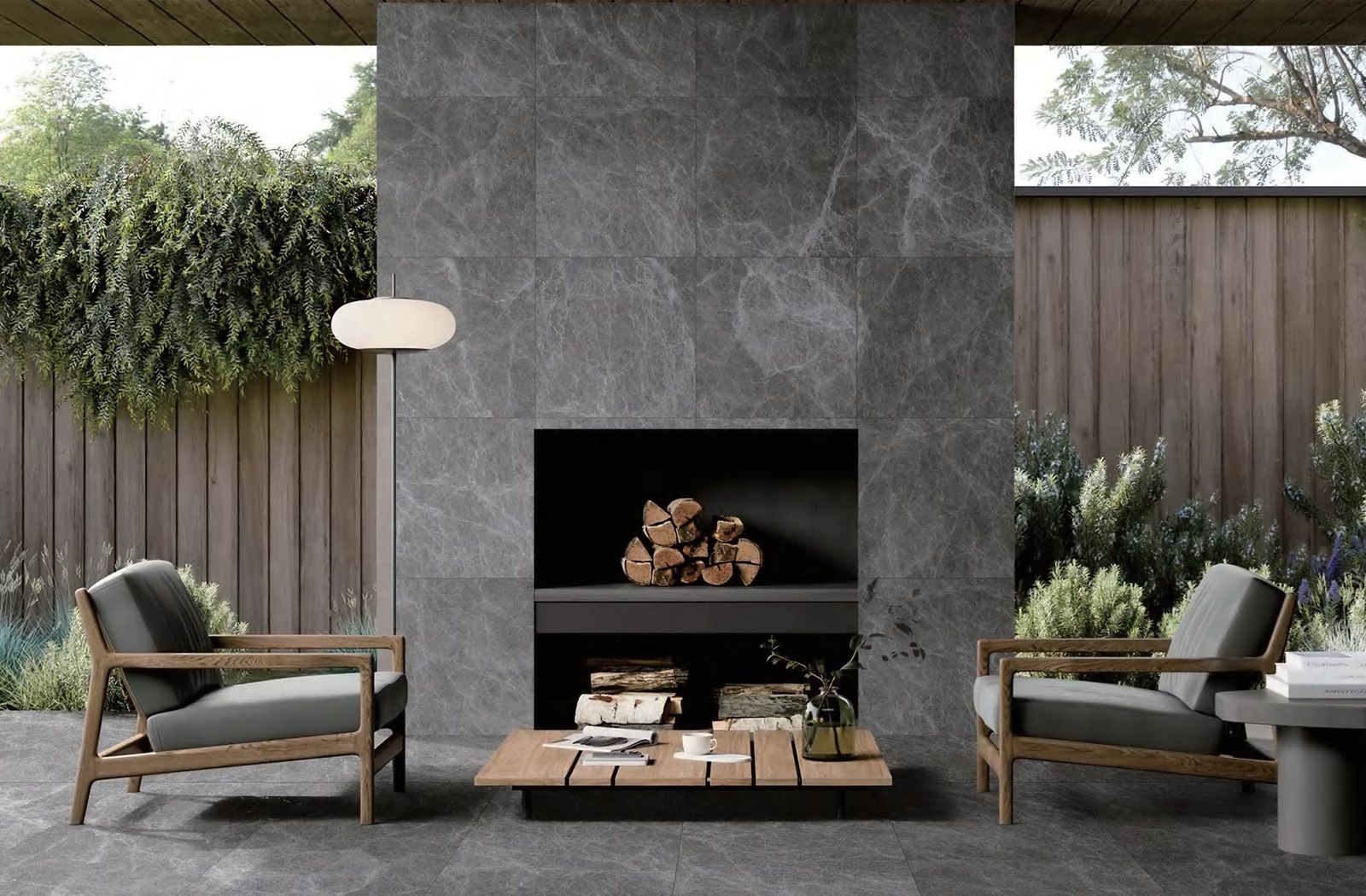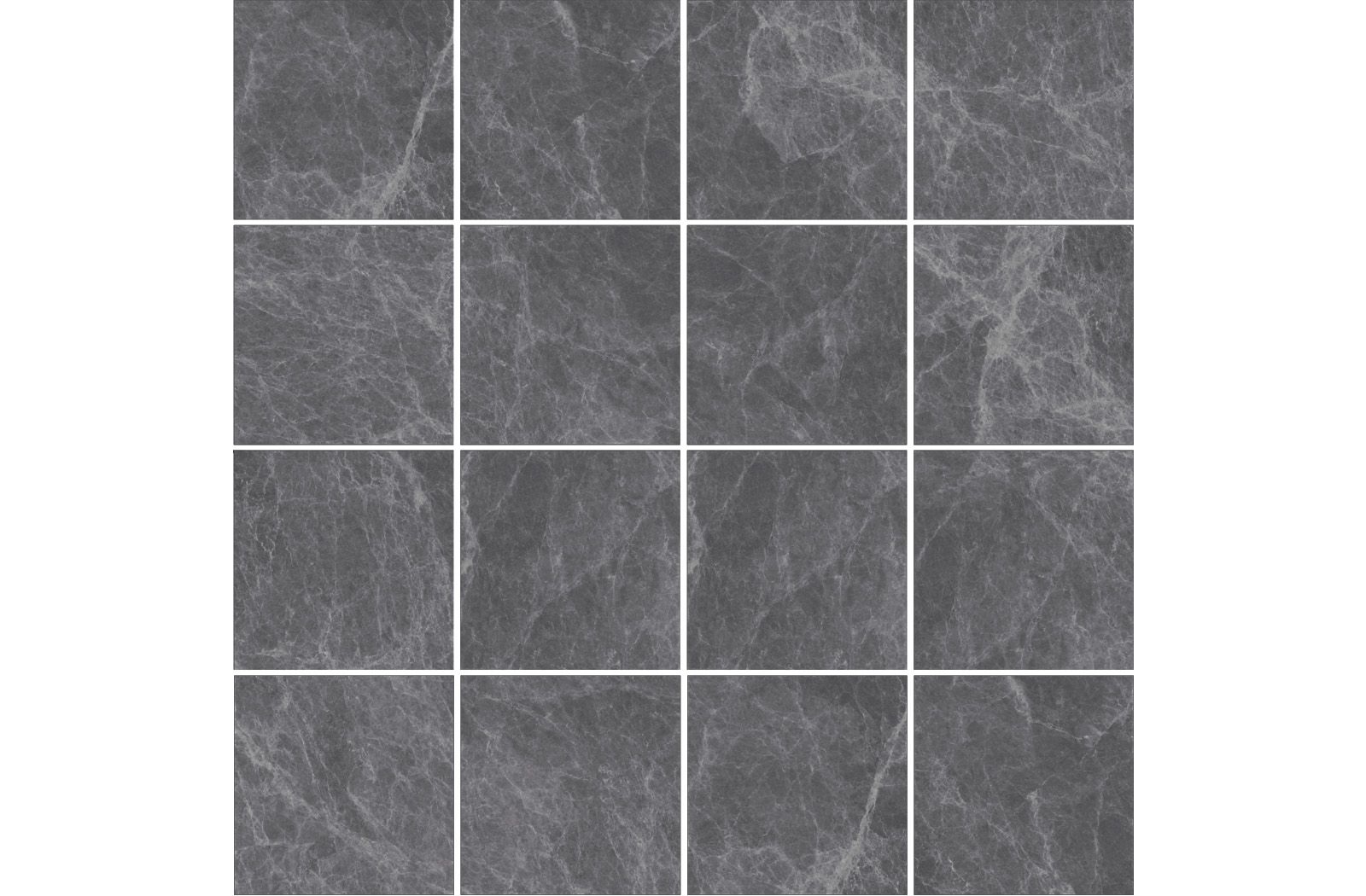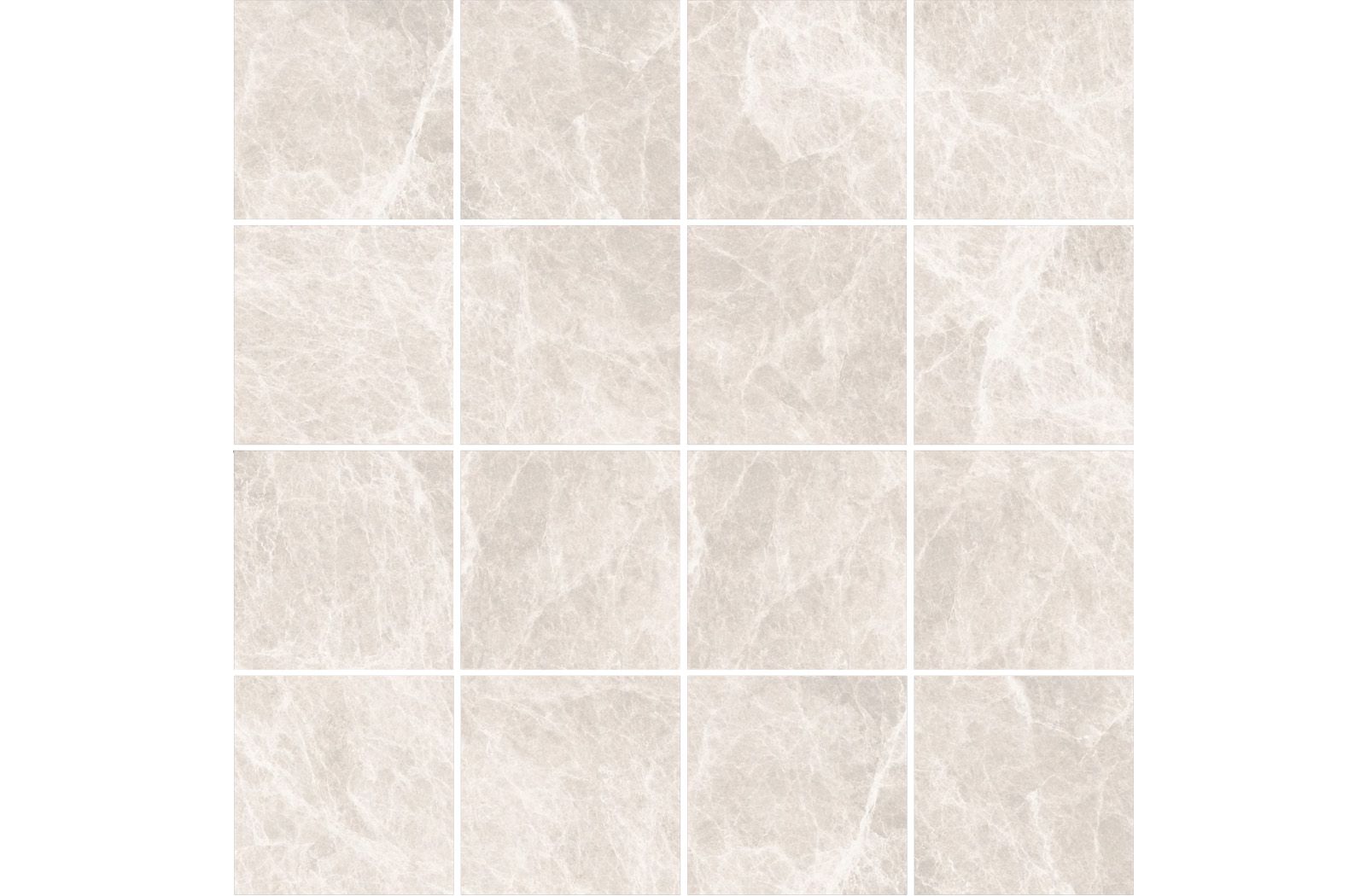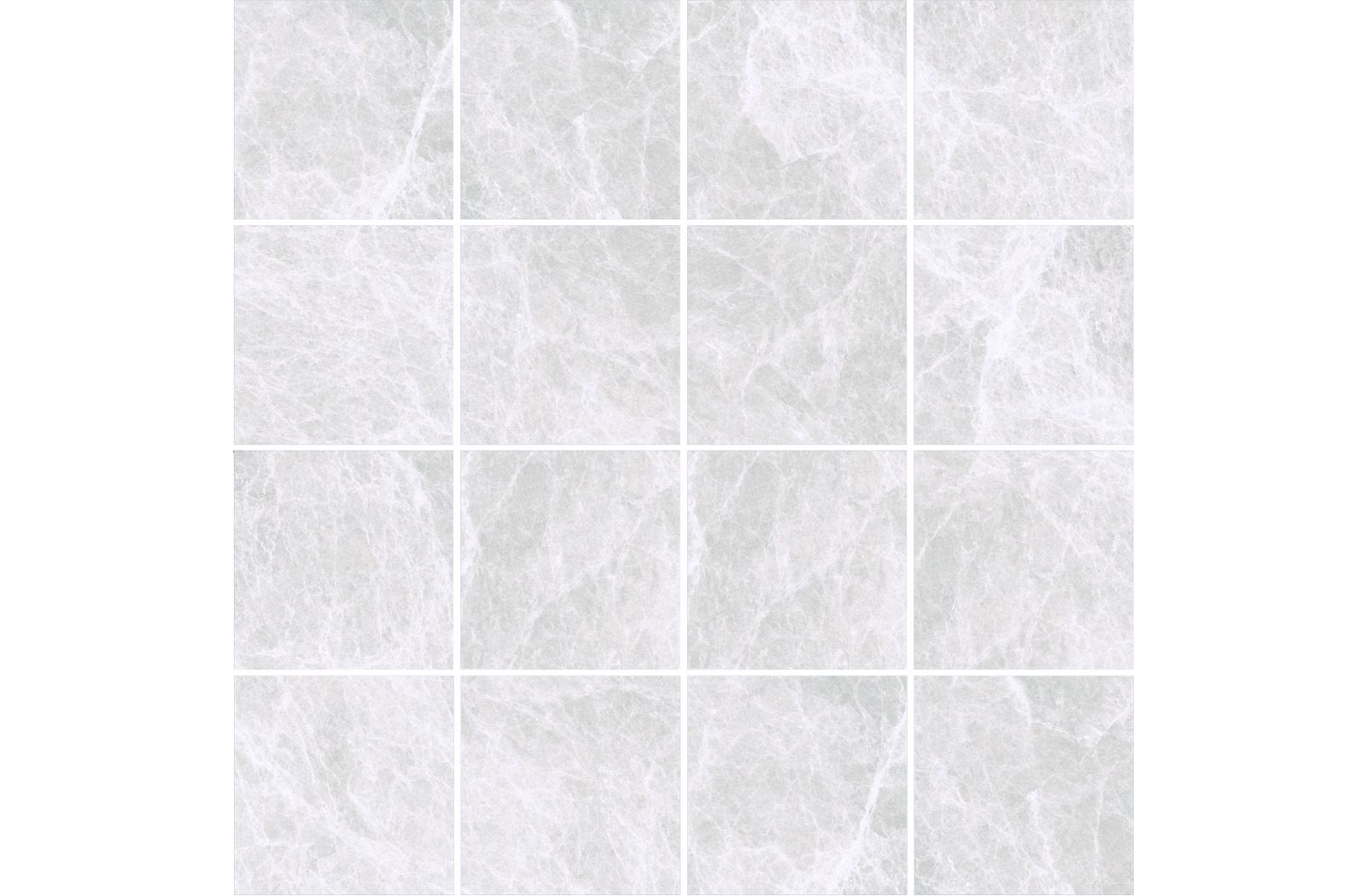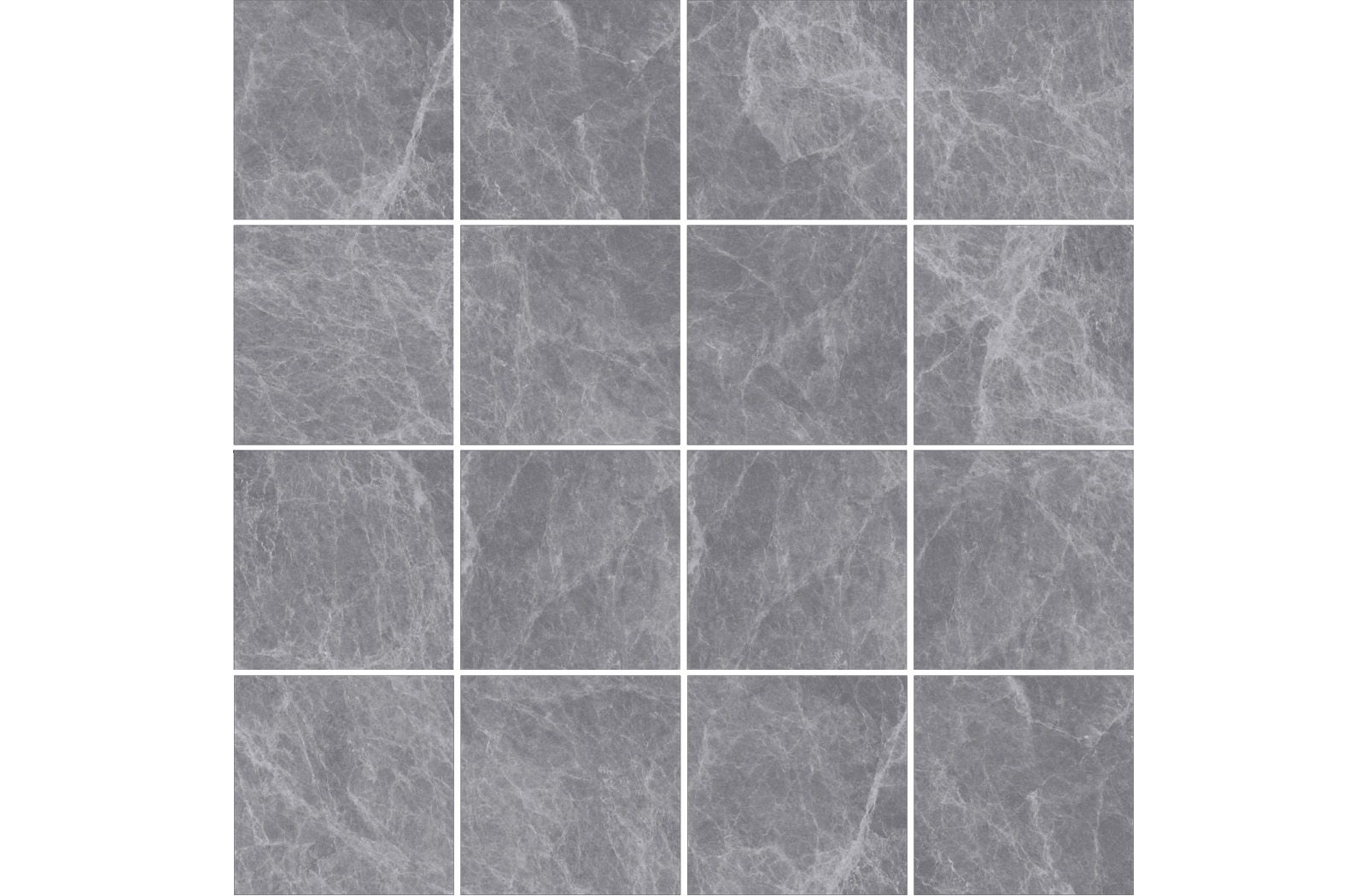Atenea
Inspired by basalt stone, the Atenea tile collection is available in soft shades that bring elegance and versatility to any project. Its sophisticated design and attention to detail make Atenea the ideal option for those seeking a high-quality finish and a distinctive touch in their projects, achieving a contemporary and timeless aesthetic.
